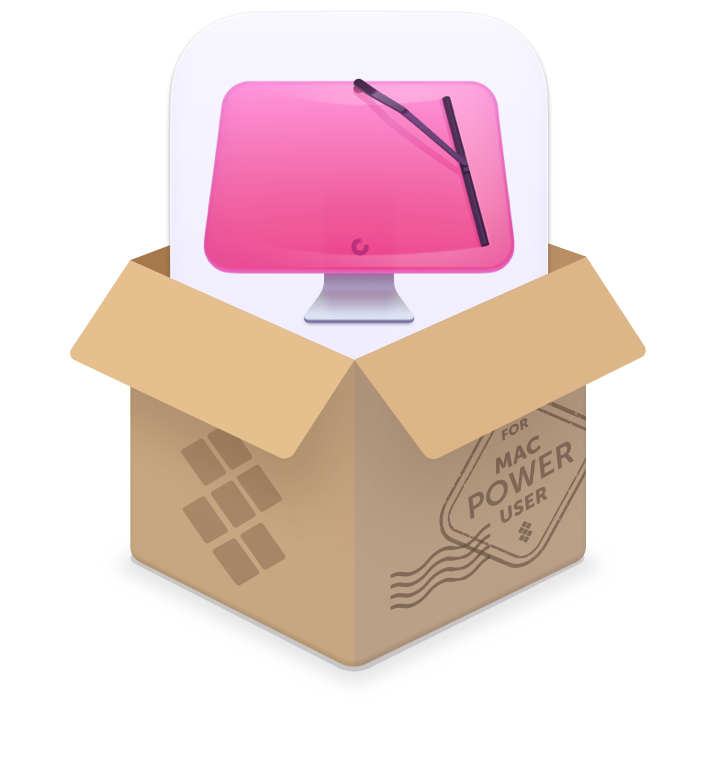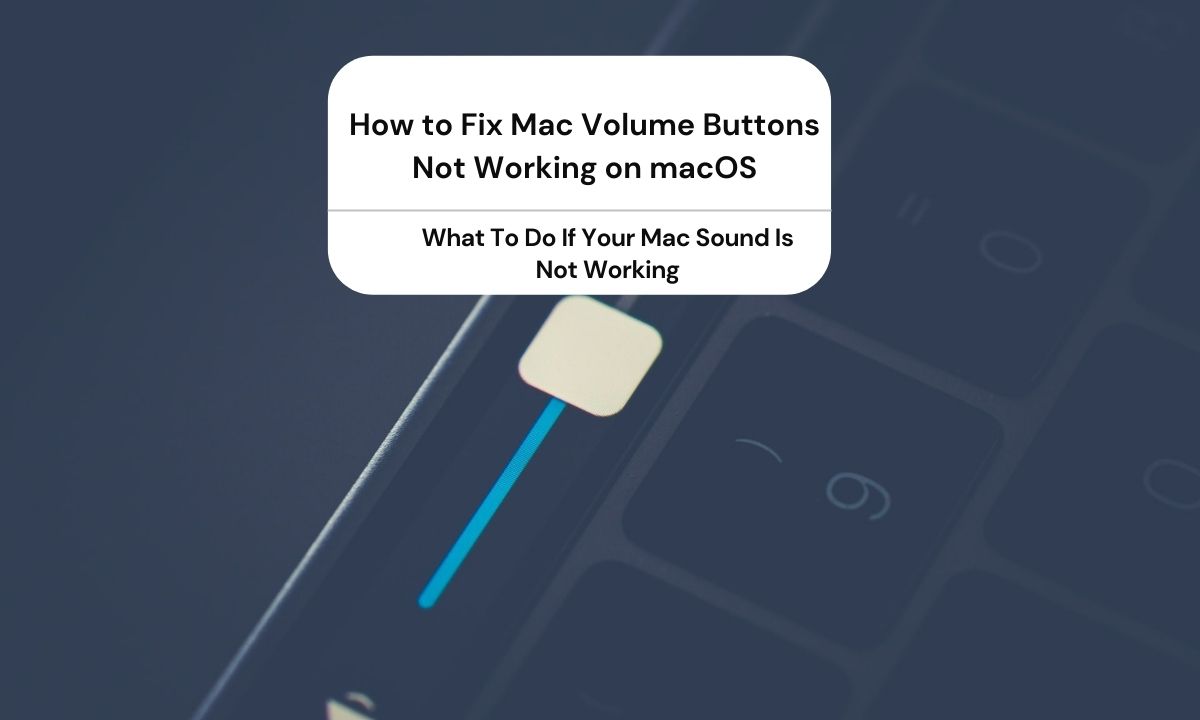

- MAC DELETE KEY ONLY WORKING SOMETIMES HOW TO
- MAC DELETE KEY ONLY WORKING SOMETIMES INSTALL
- MAC DELETE KEY ONLY WORKING SOMETIMES SOFTWARE
- MAC DELETE KEY ONLY WORKING SOMETIMES CODE
In System Preferences, click Keyboard, then select "Show keyboard and emoji viewers in menu bar.".

You can also see your keyboard's current layout on your Mac's display to make sure that you're using the correct layout: Make sure that the correct keyboard layout is selected.

MAC DELETE KEY ONLY WORKING SOMETIMES INSTALL
We will use ncat from the free and popular Nmap toolkit your Linux your distro may already have ncat installed (try it and see), but for Windows you will need to install it from the official Nmap site. To see this in action, we need a program that will listen out for TCP connections and report when it gets one, so we can see whether Log4j really is making network connections. args) sequences can not only do simple string replacements, but also do live runtime lookups to arbitary servers, both inside and outside your network.
MAC DELETE KEY ONLY WORKING SOMETIMES CODE
We used Windows, because most of our readers have it, but this code will work fine on Linux or a Mac as well. You can follow along if you like by installing the current Java SE Development Kit, which was 17.0.1 at the time of writing. To understand why, let’s start with a really simple Java program. Simply put, a log entry that you intended to make for completeness, perhaps even for legal or security reasons, could turn into a malware implantation event. This could turn what should be a basic “print” instruction into a leak-some-secret-data-out-onto-the-internet situation, or even into a download-and-run-my-malware-at-once command. There’s a similar sort of problem in Log4j, but it’s much, much worse.ĭata supplied by an untrusted outsider – data that you are merely printing out for later reference, or logging into a file – can take over the server on which you are doing the logging. Otherwise, data misuse of this sort could result.
MAC DELETE KEY ONLY WORKING SOMETIMES SOFTWARE
Software should never permit untrusted users to use untrusted data to manipulate how that very data gets handled. …so the value 0x00000000004D110A gives away where the program code is loaded into memory, and thus breaks the security provided by ASLR ( address space layout randomisation). Printf(argv) printfhack.exe "%X %X %X %X %X"Īs it happens, the fifth and last value in the output above, sneakily sucked in from from the program stack, is the return address to which the program jumps after doing the printf()… * print out first command-line argument */ It’s tempting also to use printf() when you want to print just a single string, like this, and you often see people making this mistake in code, especially if it’s written in a hurry: You provide a hard-coded format string as the first argument, where %.20s means “print the next argument as a text string, but give up after 20 bytes just in case”, and %d means “take an integer and print it in decimal”. Print("The name %.20s appeared %d times\n",name,count) Normally, you use it something like this:

If you’ve ever programmed in C, you’ll almost certainly have bumped into this sort of problem when using the printf() function ( format string and print). Loosely speaking, this means that you place too much trust in untrusted data that arrives from outsiders, and open up your software to sneaky tricks based on booby-trapped data. The primary cause of Log4Shell, formally known as CVE-2021-44228, is what NIST calls improper input validation.
MAC DELETE KEY ONLY WORKING SOMETIMES HOW TO


 0 kommentar(er)
0 kommentar(er)
